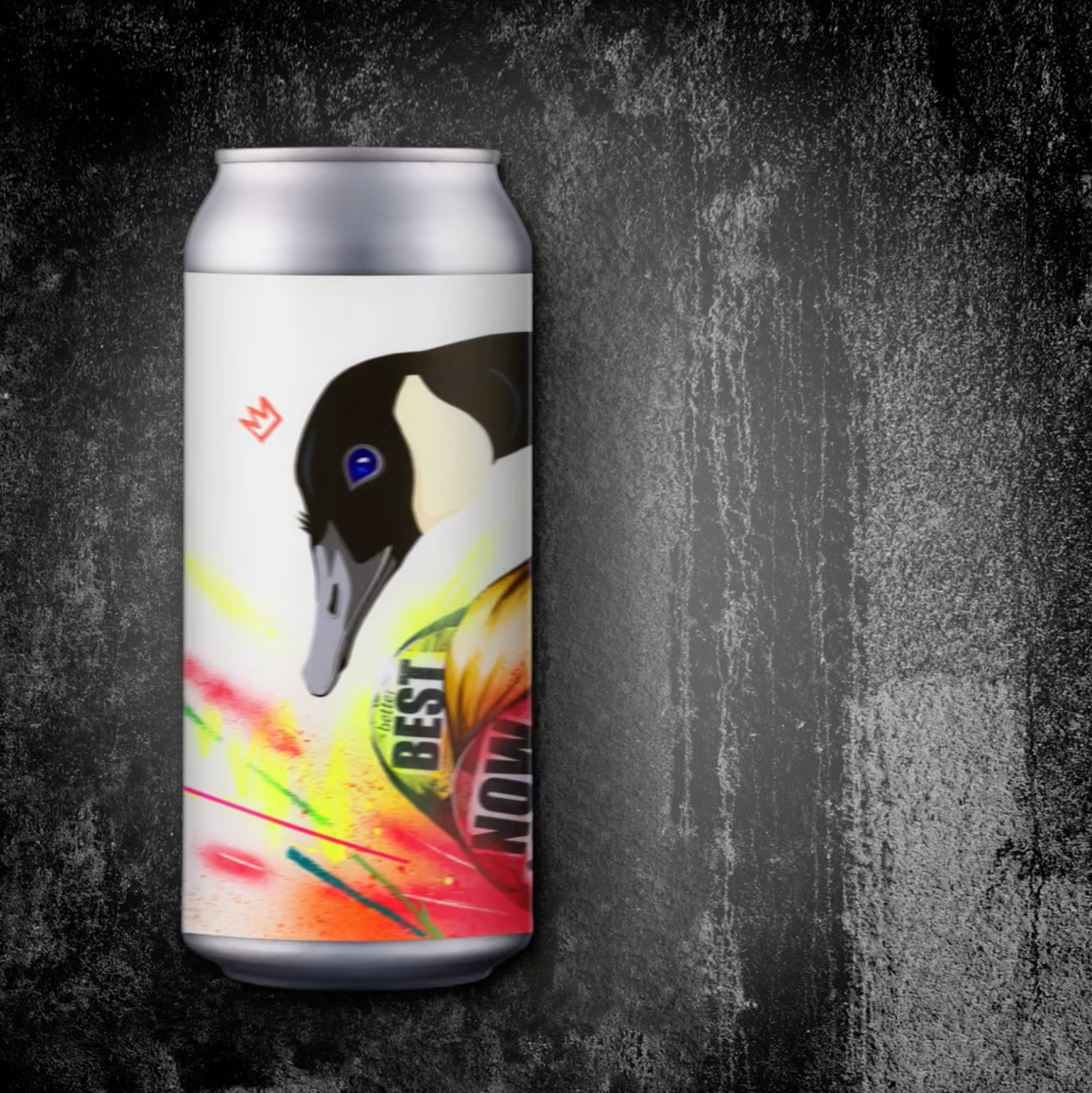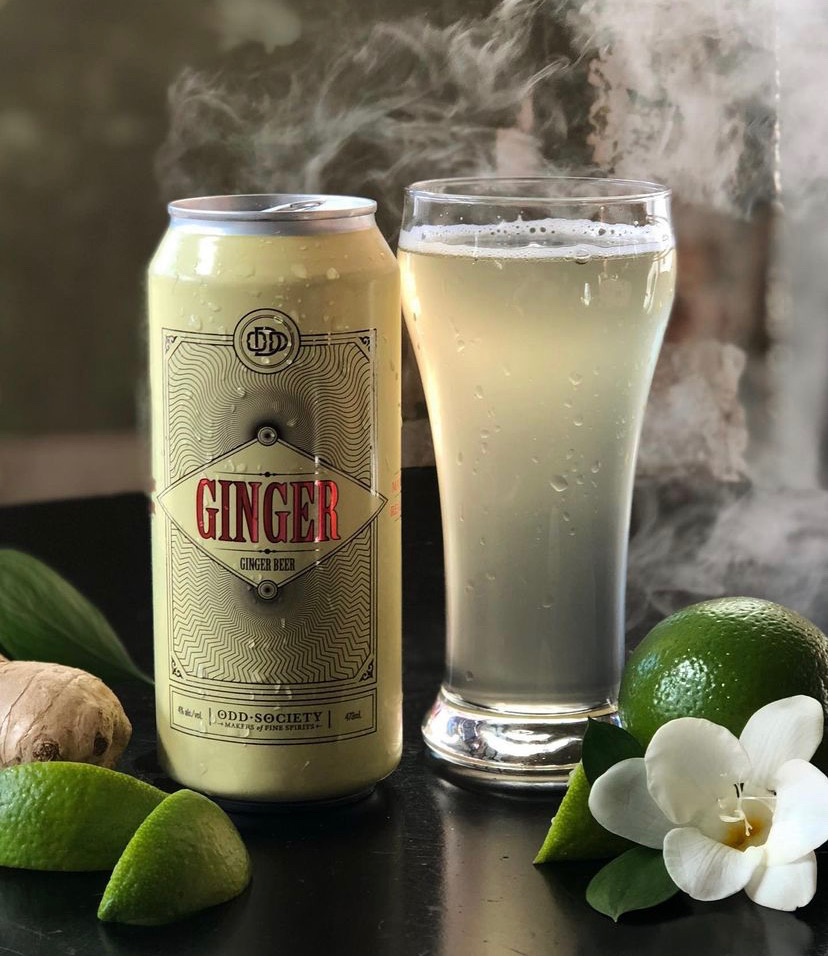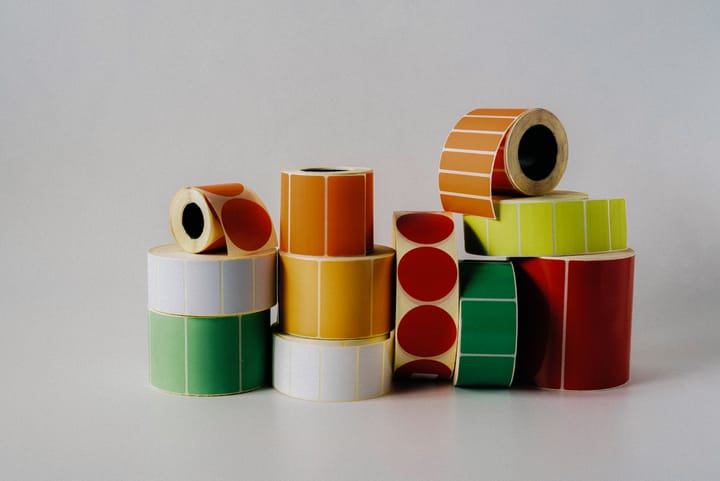Get The Right Label Type For Your Craft Beer

Choosing a beer label can be similar to selecting what to wear for a specific event. Are you going to the beach? Swim trunks and sandals are required. If you going for a run, a tee and jogging shorts. Is this a formal occasion? You should wear a suit and tie or an evening gown. Before you decide how to "dress" your beer, imagine it in a beer shop cooler or in the palm of a consumer – what would make it acceptable for the occasion and aesthetically appealing to the correct audience?
For instance, if you're making a barrel-aged stout, make sure the container doesn't imply that the beer is an IPA. If the can or bottle is embossed in greens and gold with pictures of hops, any beer snob will raise their eyebrows as they pour a beverage the exact color of crude oil into their glass.
Once you feel good about how your beer should “be dressed for the occasion”, now you can choose a label design for your bottles and cans. This last step is important because it will determine which labeling machine is most suited to those labels.
Paper Labels
Paper labels are relatively unusual for craft breweries to begin with. The issue with them is that it performs poorly in the presence of moisture. Ice buckets, moisture, and sweaty or damp hands may transform even the most beautifully designed paper labels into mush. Varnishes and overlays can be used to increase the life of paper labels. However, they are simply temporary solutions, and the labels will still be ruined faster than other waterproof types of labels.

Depending on what your intentions with the look of your craft beer are, the drawbacks of paper may be a risk worth taking. Because of its rough texture and handcrafted look, paper provides a tactile sensation not seen in other label forms. However, if you're going to use an overlaminate to protect the paper anyhow, you'll lose the paper's individuality while also increasing the expense. But regardless of that, most of the time paper labels are going to be your cheapest option in terms of purchasing and application processes, unless you are using more expensive PSA material, like Wine stock paper, that you can find on wine labels. There are, however, better solutions if you need a label that can survive tough circumstances.
Pressure-Sensitive Film Labels
Pressure-sensitive labels are often composed of polyester or polypropylene films, which are significantly more resistant to moisture than paper. They're made of films that keep their appearance even in hostile settings like coolers and pools. They are more flexible and will not tear or rip on production lines or retail shelves. They are resistant to fading from sunlight when produced with a UV varnish, and you may choose between a glossy or matte finish depending on your design. UV varnishes can also be used to produce a rough texture that resembles the feel of paper.

Another great advantage is that they can be transparent. This means you may either display your beer's rich look in a transparent container or include the bottle's color in your design. This implies that you can see the aluminum behind the label on cans. This creates a bright, metallic look on any clear space on the label.
And lastly, you have the option of Metalic film (metalized Bopp, that is); this will provide you the option of digitally printing metalized labels (mimicking foil look with no need for tooling) using the design technique of print with no white underlay/knockout to achieve a metallic look and with white opaque underlay to achieve opaque prints on non-metalized parts of the label.
Shrink Sleeve Labels
Shrink sleeves outperform other types of labels in terms of moisture protection and total container covering. Adhesive-free shrink sleeves are wrapped around a bottle or can before being placed in a heat tunnel, where the label shrinks and grips the container. This coverage provides significantly more room for label designs with eye-catching images. If you wish to employ the color of your cans or bottles in the design, they can be opaque or transparent, exactly like pressure-sensitive labels. The pictures must be carefully positioned so that they do not distort when the sleeves shrink, however, contemporary printing software has mostly solved this issue.

Shrink sleeves have been a popular alternative due to its significant increase in surface area for branding. Consumers respond more favorably to shrink sleeves than to smaller labels, and they believe the beverage is more valuable than it is.
Conclusion
Starting with the correct labels and label machines will help you avoid costly mistakes. After you've decided on your label material and application process, Our Altro Labels design team is excited to help you with bringing your design ideas to life. Send us an email at info@altrolabels.com and we will provide assistance on any label/sleeve project you might have.



